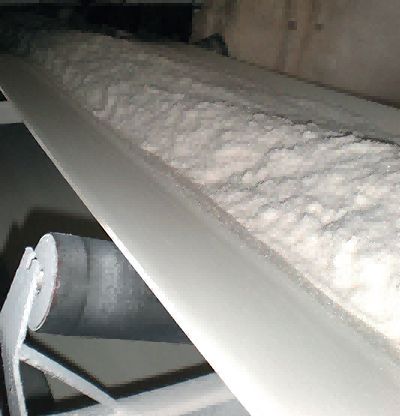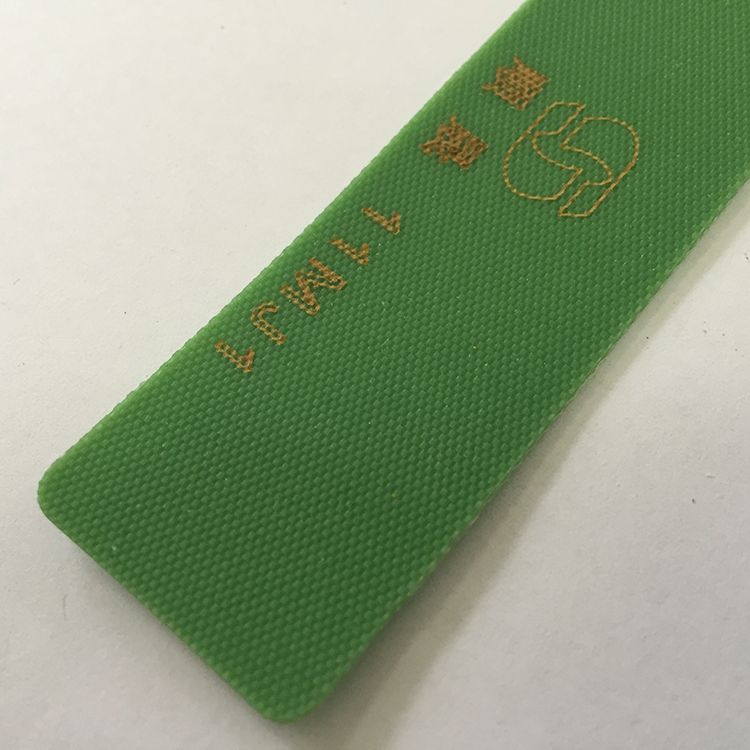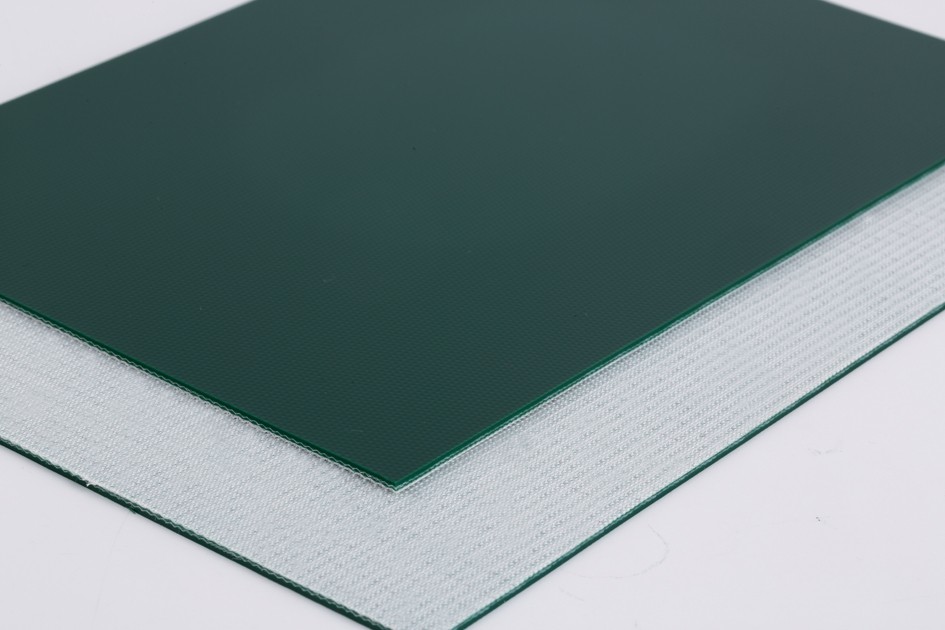Introduction
In the realm of food processing, TPU food conveyor belts play a pivotal role in ensuring seamless material handling. However, to uphold their efficiency and lifespan, diligent maintenance practices are crucial. This article explores the essential maintenance procedures necessary for TPU conveyor belts, emphasizing their significance in maintaining optimal performance and longevity.

Preemptive Maintenance Measures
- Regular Inspections:
Visual Checks for Wear and Tear: Regular visual inspections help identify signs of wear, tears, or damage that could affect belt performance.
Assessing Belt Alignment and Tension: Proper alignment and tension ensure smooth operation and prevent premature wear.
- Cleaning Procedures:
Removing Food Residues and Contaminants: Thorough cleaning using safe and approved agents is vital to prevent contamination and maintain hygiene.
Use of Safe Cleaning Agents: Utilizing cleaning agents compatible with TPU materials ensures effective cleaning without causing damage.
Lubrication and Belt Adjustment
- Lubrication Requirements:
Identifying Appropriate Lubricants: Choosing suitable lubricants prevents premature wear and maintains belt flexibility.
Proper Application Methods: Correctly applying lubricants at recommended intervals ensures optimal functionality.
- Tension Adjustment:
Maintaining Correct Belt Tension: Proper tension prevents slipping and premature wear, contributing to prolonged belt life.
Impact on Belt Performance: Incorrect tension affects performance and can lead to malfunctions or breakdowns.
Addressing Wear and Tear
- Replacement of Worn Components:
Identifying Worn Parts: Recognizing signs of wear or damage allows for timely replacement of components to prevent further deterioration.
Scheduled Replacement Guidelines: Adhering to manufacturer-recommended replacement schedules maintains optimal belt performance.
- Repairing Minor Damages:
Patching or Repairing Small Tears or Cuts: Promptly addressing minor damages prevents their escalation and maintains belt integrity.
Use of Suitable Repair Materials: Utilizing compatible repair materials ensures effective and lasting repairs.
Adherence to Manufacturer Guidelines and Standards
- Following Manufacturer Recommendations:
Compliance with Maintenance Schedules: Adhering to recommended maintenance intervals outlined by manufacturers ensures optimal belt performance.
Adhering to Manufacturer’s Maintenance Guidelines: Following specific maintenance guidelines provided by manufacturers is crucial for effective upkeep.
- Safety Considerations:
Ensuring Safe Maintenance Practices: Prioritizing safety protocols during maintenance activities safeguards personnel and equipment.
Proper Training for Maintenance Personnel: Providing adequate training reduces risks and ensures proper handling during maintenance procedures.
Documentation and Record-Keeping
- Maintenance Logs:
Recording Maintenance Activities: Maintaining detailed logs of maintenance activities assists in tracking the history and status of maintenance operations.
Tracking Repairs and Replacements: Monitoring repairs and replacements aids in identifying trends and planning future maintenance actions.
- Analysis and Improvement:
Assessing Maintenance Trends: Analyzing maintenance records helps identify recurring issues and areas for improvement.
Implementing Improvements Based on Analysis: Utilizing data to enhance maintenance practices ensures continuous improvement.
Training and Education
- Training Maintenance Personnel:
Providing Proper Training Programs: Well-structured training programs equip maintenance personnel with the skills needed for effective maintenance.
Continuous Education on Maintenance Best Practices: Keeping staff updated with the latest maintenance techniques and innovations ensures optimal upkeep.
- Employee Engagement:
Encouraging Staff Participation in Maintenance Processes: Involving employees in maintenance fosters a culture of ownership and responsibility.
Fostering a Maintenance-Oriented Culture: Instilling a culture that values maintenance leads to proactive care and better equipment performance.
Conclusion
In conclusion, diligent maintenance is pivotal in maximizing the lifespan and performance of TPU food conveyor belts. From regular inspections and cleaning to proper lubrication, repairs, adherence to guidelines, documentation, and employee training, these maintenance procedures collectively ensure the belts operate at their optimum, contributing to efficient and hygienic food handling processes.





